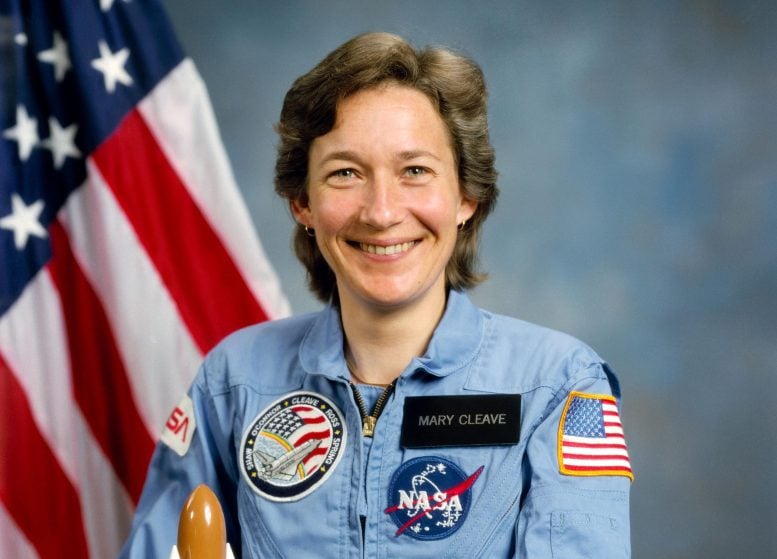
Retired NASA astronaut Mary Cleave, known for her two spaceflights and leadership in NASA’s Science Mission Directorate, has died at 76. Her notable achievements include the Magellan Venus mission and numerous NASA awards. (Official NASA portrait of astronaut Mary L. Cleave.) Credit: NASA
Mary Cleave, a pioneering NASA astronaut who embarked on two spaceflights and later became the first woman to lead NASA’s Science Mission Directorate, has passed away at 76. She made significant contributions to space exploration, including the deployment of the Magellan Venus spacecraft, and received multiple awards for her service.
Retired NASA astronaut Mary Cleave, a veteran of two NASA spaceflights, died November 27. She was 76. A scientist with training in civil and environmental engineering, as well as biological sciences and microbial ecology, Cleave was the first woman to serve as an associate administrator for NASA’s Science Mission Directorate.
Born in Southampton, New York, Cleave received a Bachelor of Science degree in biological sciences from Colorado State University, Fort Collins, in 1969, and Master of Science in microbial ecology and a doctorate in civil and environmental engineering, both from Utah State University, Logan, in 1975 and 1979, respectively.
“I’m sad we’ve lost trailblazer Dr. Mary Cleave, shuttle astronaut, veteran of two spaceflights, and first woman to lead the Science Mission Directorate as associate administrator,” said NASA Associate Administrator Bob Cabana. “Mary was a force of nature with a passion for science, exploration, and caring for our home planet. She will be missed.”
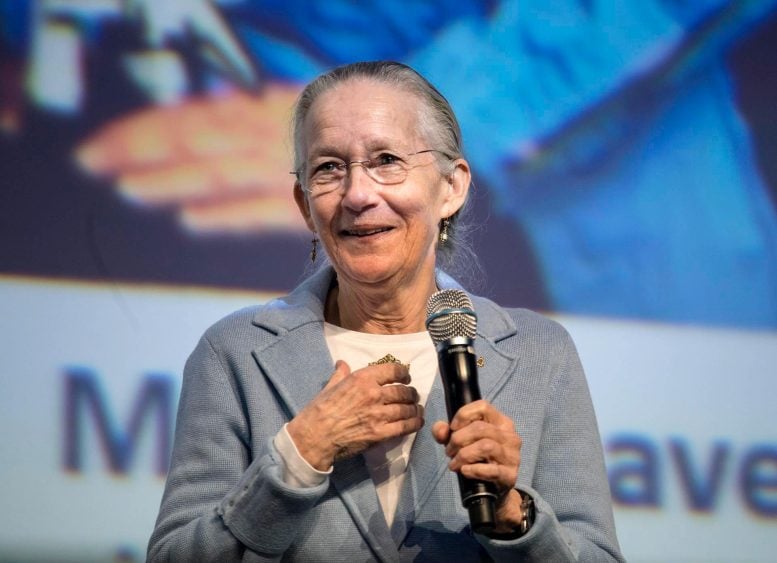
Former NASA astronaut Mary Cleave speaks during an astronaut panel discussion at the 70th International Astronautical Congress, Friday, Oct. 25, 2019, at the Walter E. Washington Convention Center in Washington. Credit: NASA/Aubrey Gemignani)
Cleave was selected as an astronaut in May 1980. Her technical assignments included flight software verification in the SAIL (Shuttle Avionics Integration Laboratory), spacecraft communicator on five space shuttle flights, and malfunctions procedures book and crew equipment design.
Cleave launched on her first mission, STS-61B, aboard space shuttle Atlantis on November 26, 1985. During the flight, the crew deployed communications satellites, conducted two six-hour spacewalks to demonstrate space station construction techniques, operated the Continuous Flow Electrophoresis experiment for McDonnell Douglas and a Getaway Special container for Telesat and tested the Orbiter Experiments Digital Autopilot.
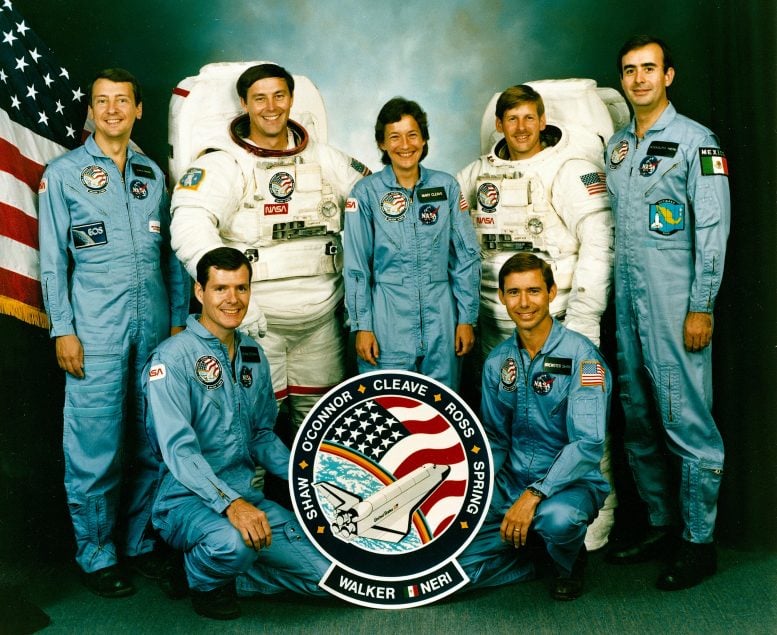
The crew assigned to the STS-61B mission included (kneeling left to right) Bryan D. O’conner, pilot; and Brewster H. Shaw, commander. On the back row, left to right, are Charles D. Walker, payload specialist; mission specialists Jerry L. Ross, Mary L. Cleave, and Sherwood C. Spring; and Rodolpho Neri Vela, payload specialist. Credit: NASA
Cleave’s second mission, STS-30, which also was on Atlantis, launched May 4, 1989. It was a four-day flight during which the crew successfully deployed the Magellan Venus exploration spacecraft, the first planetary probe to be deployed from a space shuttle. Magellan arrived at Venus in August 1990 and mapped more than 95% of the surface. In addition, the crew also worked on secondary payloads involving indium crystal growth, electrical storms, and Earth observation studies.
Cleave transferred from NASA’s Johnson Space Center in Houston to the agency’s Goddard Space Flight Center in Greenbelt, Maryland in May 1991. There, she worked in the Laboratory for Hydrospheric Processes as the project manager for SeaWiFS (Sea-viewing, Wide-Field-of-view-Sensor), an ocean color sensor that monitored vegetation globally.
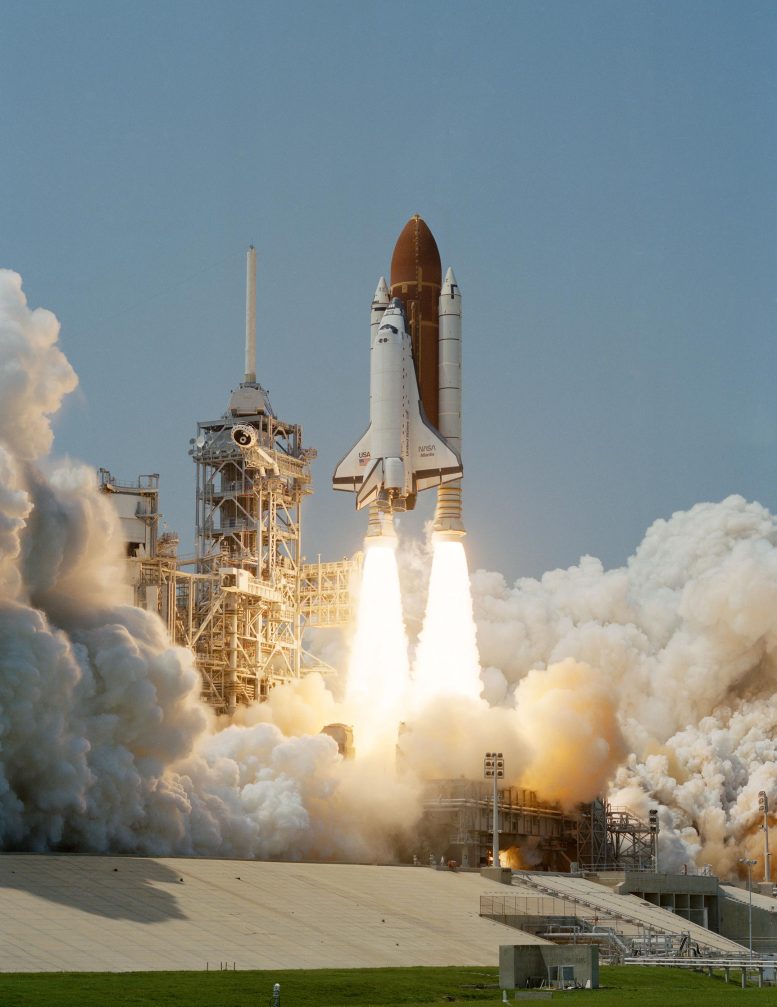
Moments after ignition, Space Shuttle Atlantis heads for a four-day mission in Earth-orbit with five astronaut crew members aboard. Onboard were astronauts David M. Walker, Ronald J. Grabe, Norman E. Thagard, Mary L. Cleave, and Mark C. Lee. Launch occurred at 2:46:58 p.m. (EDT), May 4, 1989. Credit: NASA
In March 2000, she went to serve as deputy associate administrator for advanced planning in the Office of Earth Science at NASA’s Headquarters in Washington. From August 2005 to February 2007, Cleave was the associate administrator for NASA’s Science Mission Directorate where she guided an array of research and scientific exploration programs for planet Earth, space weather, the solar system, and the universe. She also oversaw an assortment of grant-based research programs and a diverse constellation of spacecraft, from small, principal investigator-led missions to large flagship missions.
Cleave’s awards included: two NASA Space Flight medals; two NASA Exceptional Service medals; an American Astronautical Society Flight Achievement Award; a NASA Exceptional Achievement Medal; and NASA Engineer of the Year.
Cleave retired from NASA in February 2007.

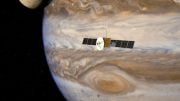

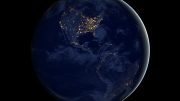

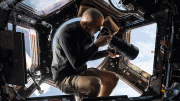

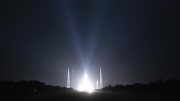
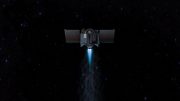
Why do planets that are farther from the sun rotate slower around themselves and around the sun? to two planets close to the sun such as Venus and Mercury. In the past, several planets that came from the big arm of the galaxy hit Venus towards the sun, and some planets also hit Mercury and caused Mercury and Venus to rotate much slower than Earth, but their speed It didn’t get slower in the circuit!? Shouldn’t the planets that are close to the sun go around the sun faster because of the strong gravitational force of the sun? Venus and Mercury go around the sun faster than the earth and Mars, but they go around the sun slower than the earth. Mercury orbits at a speed of 172 thousand kilometers per hour. The sun rotates, but when a heavy object collides with Mercury, the speed of Mercury does not decrease around the sun, but the rotation of Mercury around itself decreases due to the large number of collisions between the planets Venus, and it orbits around the sun at a speed of 136 thousand kilometers per hour.
All the stars are in motion due to the force of gravity between the bodies. The greater the mass and weight of the body, the stronger the magnetic currents are scattered around. Every second from the sun, trillions of trillions of electromagnetic gamma waves hit the surface of the planets, which causes the planets to rotate around themselves and It also causes the planets to orbit around the Sun. Planets that are closer to the Sun’s magnetic field face more and more intense waves. That’s why Mercury orbits the Sun faster than Earth and Mars. Why does Mercury take 58 days to go around the Sun? But on Earth, a full day lasts 24 hours, but on Mercury, a full day lasts 1393 hours.
Although Jupiter is farthest from the sun and is 778 million kilometers away from the sun, why does it revolve around itself in less than 24 hours? What is the reason? A day and night lasts nine and a half hours and 9.5 hours in Jupiter.
The reason for this is that they hit Jupiter, but very small planets hit Mercury
Whenever a star collides with a planet, the planet spins faster
Whenever a planet collides with a planet, the planet slows down or reverses
The story of the star and the planet is the law of two gears that rotate against each other but overlap each other, but the greater the force that turns one of the gears, the same rotation force is transferred to the opposite gear.
When a star collides with a planet, because the stars revolve around the planet, when the star hits the planet’s surface, all the force of the star’s rotation is transferred to the planet’s surface and to Jupiter’s surface. At least dozens of stars that were a hundred times smaller than the sun collided and caused Jupiter rotates around itself at a speed of 45,000 thousand kilometers